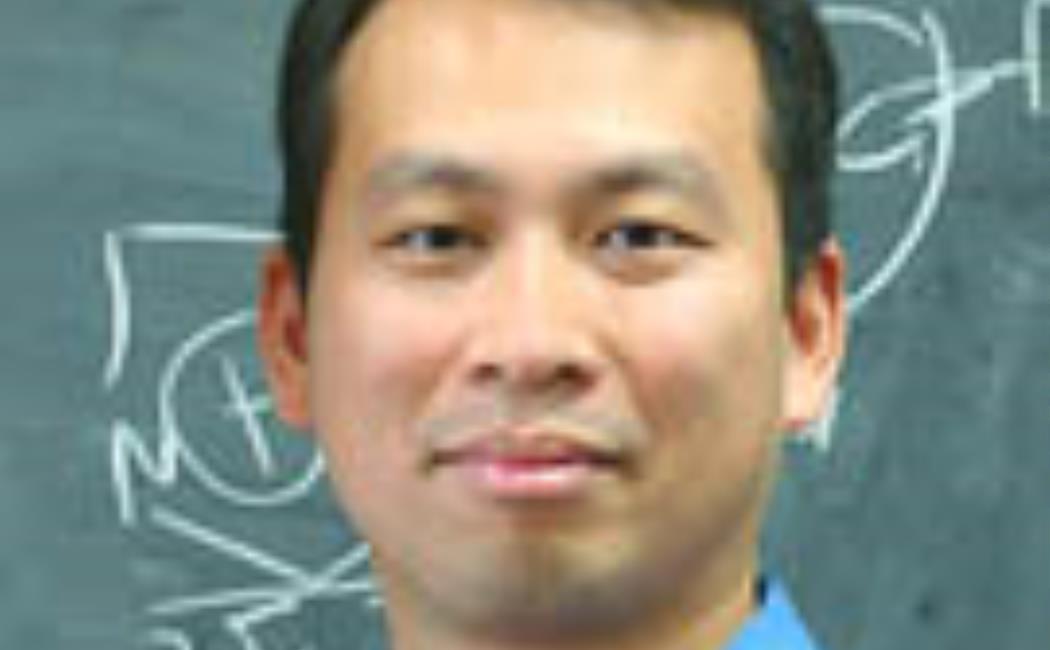
Abstract
Electron/hole transformations on interfaces determine fundamental properties of opto-electro-chemical devices, but remain a grand challenge to experimentally investigate and theoretically describe. Herein combining ultrafast VIS/NIR/MIR frequency-mixed microspectroscopy and state-of-the-art two-dimensional atomic device fabrications, we are able to directly monitor the phase transitions of charged quasiparticles in real time on the ultimate interfaces – between two atomic layers. On type II semiconductor/semiconductor interfaces between two transition metal dichalcogenide (TMDC) monolayers, interfacial charge transfers occur within 50fs and interlayer hot excitons (unbound interlayer e/h pairs) are the necessary intermediate. The results decipher the mechanisms behind the puzzling momentum “nonconservation” and “barrierless” photocurrent generation in atomic heterostructures. On semiconductor/conductor (graphene) interfaces, interlayer charge transfers result in an unexpected transformation of conducting free carriers into insulating interlayer excitons between the conducting graphene and the semiconducting TMDC. The formation of interlayer excitons significantly improves the charge separation efficiency between the two atomic layers for more than twenty times. The results overturn the traditional view that tightly bound excitons cannot form on the nearly massless graphene surface, and suggest that 1% or 2% of free electron mass is sufficient to increase the binding enerny of carriers for more than one order of magnitude under 2D screening.
Biography
Junrong Zheng completed his PhD and postdoctoral studies from Stanford University. He is professor of chemistry at Peking University, and a co-founder of Uptek Solutions, a Long-Island-based laser company. He is a recipient of numerous prestigious awards including the Sloan Fellowship, and the Packard Fellowship.